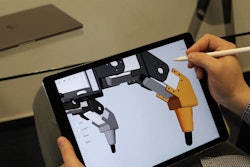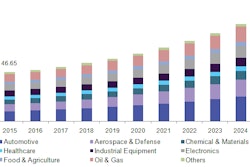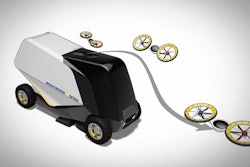Using a new testing method developed by Dr. Thomas H. Langer, Danfoss Power Solutions can help OEMs significantly reduce deployment time for their agricultural equipment. Processes that usually take weeks or months to complete can now be conducted in a matter of hours.
When it comes to agricultural equipment — specifically those with hitch control systems — complex systems must be calibrated to perform efficiently in all kinds of ground conditions, making testing and refining the equipment both expensive and difficult.
“For example, if you want to test the hitch control system on a tractor, you want to make sure that it works in all ground and weather conditions. This means that you would need to either wait for the right weather or move the tractor hundreds and maybe thousands of miles to find the right conditions for the test,” Langer says. “This standard approach of testing obviously requires a lot of time and money, and also slows the development process.”
A model-in-the-loop tuning approach uses experimental data to create a standardized test, allowing Danfoss Power Solutions help customers to conduct repeatable tests that simulate different environmental conditions. The simulation reproduces the physics of the real world, and can represent the mechanical properties of the plough/soil and the tire/soil interaction.
“Ideally, we could simulate the dry climate of southern Europe in 10 minutes, immediately followed by simulating the wet, moist climate of northern Sweden. We can repeat these tests and compare the different results to find the optimal system settings,” Langer says.
This new simulation method is outlined in a white paper, titled, “Model-in-the-Loop Tuning of Hitch Control Systems of Agricultural Tractors.”
Langer presented his white paper at the LAND.TECHNIK International Conference on Agricultural Engineering in Hanover, Germany.

















![Hcm Ax Landcros Press Release[32] jpg](https://img.oemoffhighway.com/mindful/acbm/workspaces/default/uploads/2025/11/hcmaxlandcros-press-release32jpg.mAEgsolr89.jpg?ar=16%3A9&auto=format%2Ccompress&fit=crop&h=135&q=70&w=240)